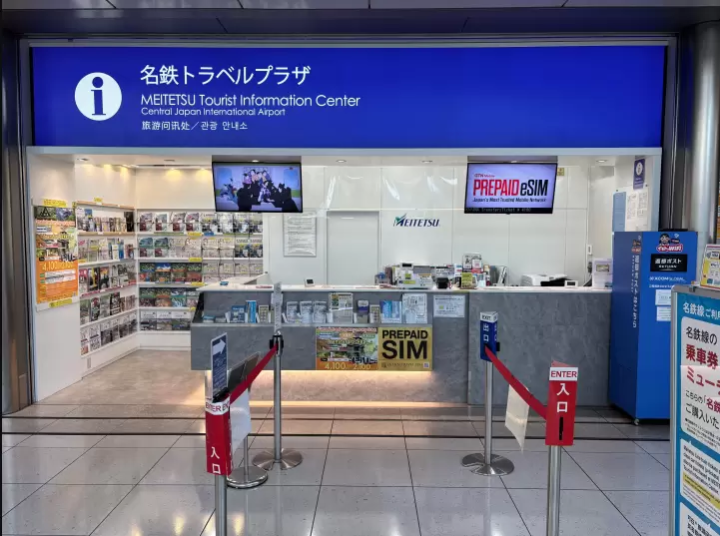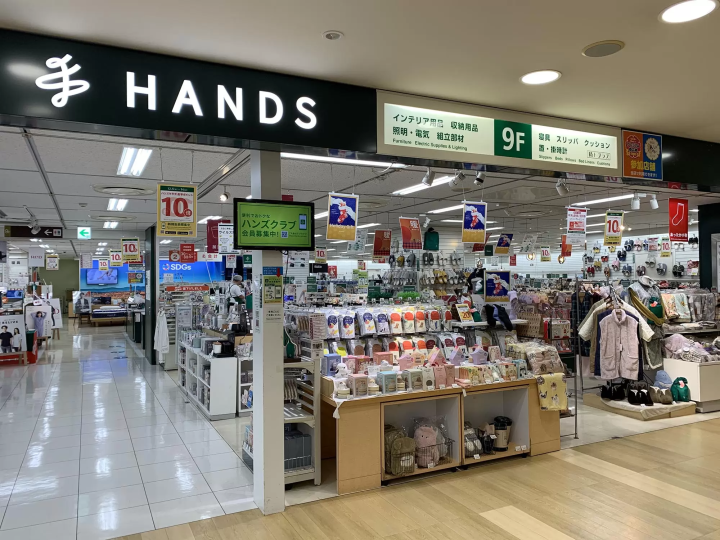Cherry Blossoms at Kyoto’s Ninnaji Temple: Best Viewing Times for 2025

Ninnaji Temple, a UNESCO World Heritage site in Kyoto, is famous for its unique Omuro-zakura cherry blossoms. This article introduces the blooming period and peak viewing times for these cherry blossoms, as well as details about the Omuro Hana Matsuri (Omuro-zakura cherry blossom festival).
Ninnaji Temple, a World Heritage Site
Ninnaji Temple, founded in 888, is the head temple of the Omuro branch of Shingon Buddhism.
Within the temple grounds, you can find impressive structures such as the five-story pagoda and Niomon Gate, both built during the Edo period.
The temple suffered significant destruction during the Onin War, which began in 1467, resulting in the loss of most of its buildings. However, after about 160 years, it was successfully restored to its original state.
In 1994, Ninnaji Temple was registered as a UNESCO World Heritage Site due to its importance as a cultural property of the ancient city of Kyoto.
Ninnaji Cherry Blossom Guide
The Omuro-zakura Cherry Blossoms at Ninnaji Temple
Best Viewing Times for Cherry Blossom at Ninnaji Temple
Omuro-zakura Flower Festival
FAQ
The Omuro-zakura Cherry Blossoms at Ninnaji Temple
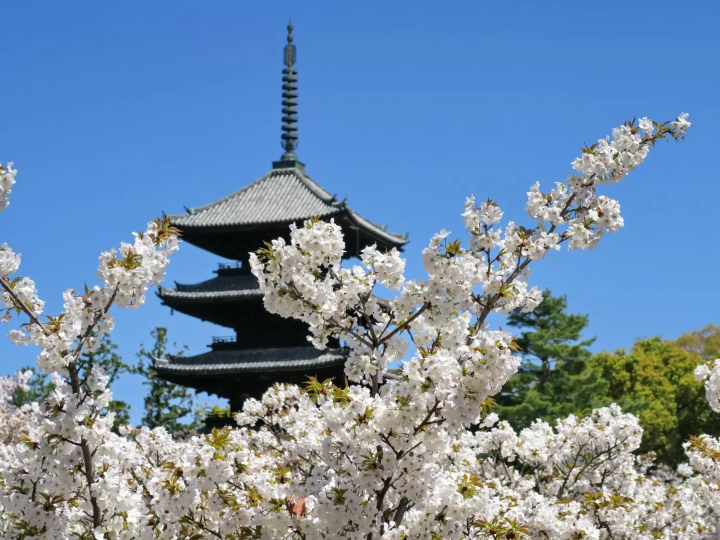
Omuro-zakura is known as the latest blooming cherry blossom in Kyoto, cherished by the people since the Edo period as "the people's cherry blossom."
The trees are relatively short, standing at only 2 to 3 meters in height, allowing visitors to enjoy the blossoms at eye level. Omuro-zakura stands out with its magnificent appearance, rivaling other cherry blossom varieties.
Visitors can also enjoy the stunning view of the five-story pagoda appearing to float above a sea of cherry blossoms, creating a captivating scene. In 1924, it was designated as a national scenic spot, further enhancing its value.
Poems such as "Ninna-ji ya, ashimoto yori zo, hana no kumo" and "Nebutako no, haru wa Omuro no, hana yori zo" were composed by the likes of Haru Doro and Yosa Buson, celebrating the beauty of these flowers.
Best Viewing Times for Cherry Blossom at Ninnaji Temple

The cherry blossoms at Ninna-ji Temple typically reach their peak bloom from early to mid-April each year.
During the season, about 550 cherry trees (including around 200 Omuro-zakura cherry trees) bloom beautifully, including "Somei Yoshino" in front of the Golden Hall, "shidarezakura" (weeping cherry) in front of the bell tower, and "Omuro-zakura" in the west side of the inner gate.
Omuro-zakura is at its best in mid-April, after the Somei Yoshino blossoms have fallen. According to data from the official website, the peak bloom for Omuro-zakura in 2024 was from April 11 to 13.
However, due to rising temperatures in recent years, the timing of the blossoms may vary in the future.
Omuro-zakura Flower Festival

Every year, the popular Omuro-zakura Flower Festival at Ninna-ji Temple is scheduled for March 22 (Saturday) to May 6 (Tuesday) in 2025.
This festival celebrates the Omuro-zakura cherry blossoms, Omuro azaleas, and Omuro maple trees collectively known as "Omuro-zakura Flower Festival."
The Omuro-zakura cherry blossoms spread out to the northwest of the inner gate, and many visitors come specifically to see the Omuro-zakura during the festival.
Due to the festival's popularity, the event can be quite crowded, making it difficult to take leisurely photos of the cherry blossoms. Therefore, timing your visit just after opening or just before closing can help you avoid the peak crowds.
During the Omuro-zakura Flower Festival last year, special lectures were held by temple instructors at the Kannon Hall at 11 AM, 1 PM, and 2 PM on weekends and holidays, as well as during Golden Week, though this year’s events are still undecided.
In addition, the "Spring Treasure Exhibition" at the Reihokan and the "4th Spring Omuro Art Festival" in the Ninna-ji Imperial Palace Garden were also held concurrently.
Hotels near Ninnaji Temple
Operating Hours: During the Omuro-zakura Flower Festival, the temple opens from 8:30 AM to 5:30 PM (last entry at 5:00 PM).
Admission Fee: A special entry fee for the Omuro-zakura Flower Festival is 500 yen for adults, while admission is free for high school students and younger.
Parking: Available (paid) from 9:00 AM to 5:00 PM (last entry at 4:30 PM). During the flower festival period, parking is from 8:30 AM to 5:30 PM (with entry ending at 4:30 PM).
Transportation:
- By Train: Approximately 10 minutes from Enmachi Station using City Bus #26, or a 15-minute walk from Hanazono Station, or about 5 minutes by taxi.
- By JR Bus: Approximately 30 minutes from Kyoto Station on the Takao/Kyokuhoku Line.
- By City Bus: About 40 minutes from Kyoto Station on City Bus #26.
- By Car: About 40 minutes from both Kyoto Minami Interchange and Kyoto Higashi Interchange.
Official Website: Ninnaji Temple
Official SNS: Instagram
FAQ
Frequently Asked Questions
Why are the Omuro-zakura cherry blossoms at Ninna-ji Temple so low in height?
It was originally thought that the cherry trees were low because there was a hard bedrock beneath them, preventing the roots from growing deep. However, recent investigations have revealed that it is actually the clayey soil that is responsible for their short stature.
Are the Omuro-zakura cherry blossoms illuminated at night?
In the past, the cherry blossoms were illuminated at night, but this practice has not been conducted in recent years. Information about any potential illuminations in 2025 is still undecided, so it's best to check the official website as the cherry blossom season approaches.
Can I bring my own lunch (bento) under the Omuro-zakura cherry blossoms?
While bringing your own bento is allowed, eating is not permitted directly under the Omuro-zakura cherry blossoms. If you wish to eat your bento on the temple grounds, please use the plaza located opposite the Reihokan. Additionally, bringing alcohol is prohibited, and visitors are required to take their trash with them.
Is there enough parking available during the busy Omuro-zakura cherry blossom season?
During peak bloom periods and on weekends, the surrounding roads are typically congested, making it difficult to enter the parking lot. Therefore, it is highly recommended to use public transportation whenever possible.
Why is Ninna-ji Temple in Kyoto famous?
Ninna-ji Temple is renowned as one of Kyoto's top cherry blossom viewing spots. During the cherry blossom season, a variety of cherry trees, including the late-blooming Omuro-zakura cherry blossoms, brighten the temple grounds.
Enjoy Spring in Kyoto
The Omuro-zakura cherry blossoms at Ninnaji Temple are a charming sight. During the cherry blossom season, many visitors flock to Ninnaji to admire this unique cherry blossom variety.
It’s a perfect opportunity for couples and groups of friends to capture picturesque moments. Why not try taking a beautiful photo amidst the blooms?


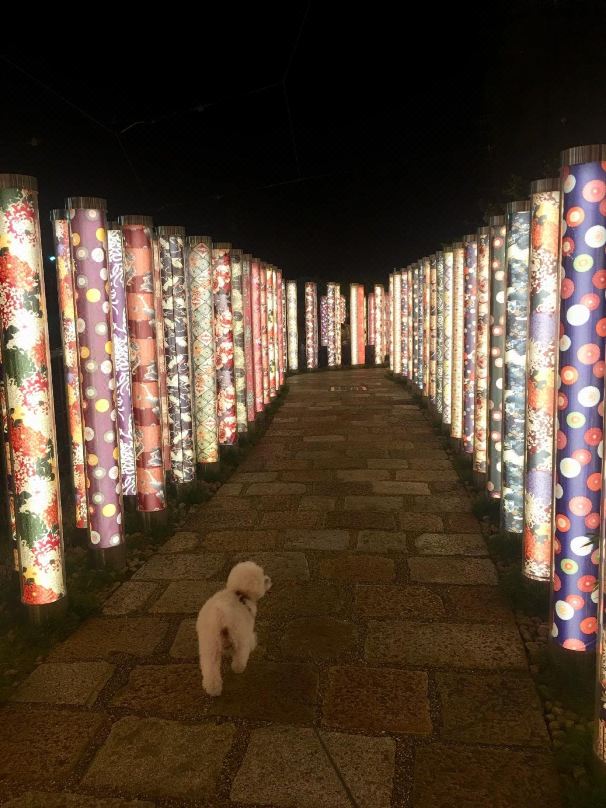

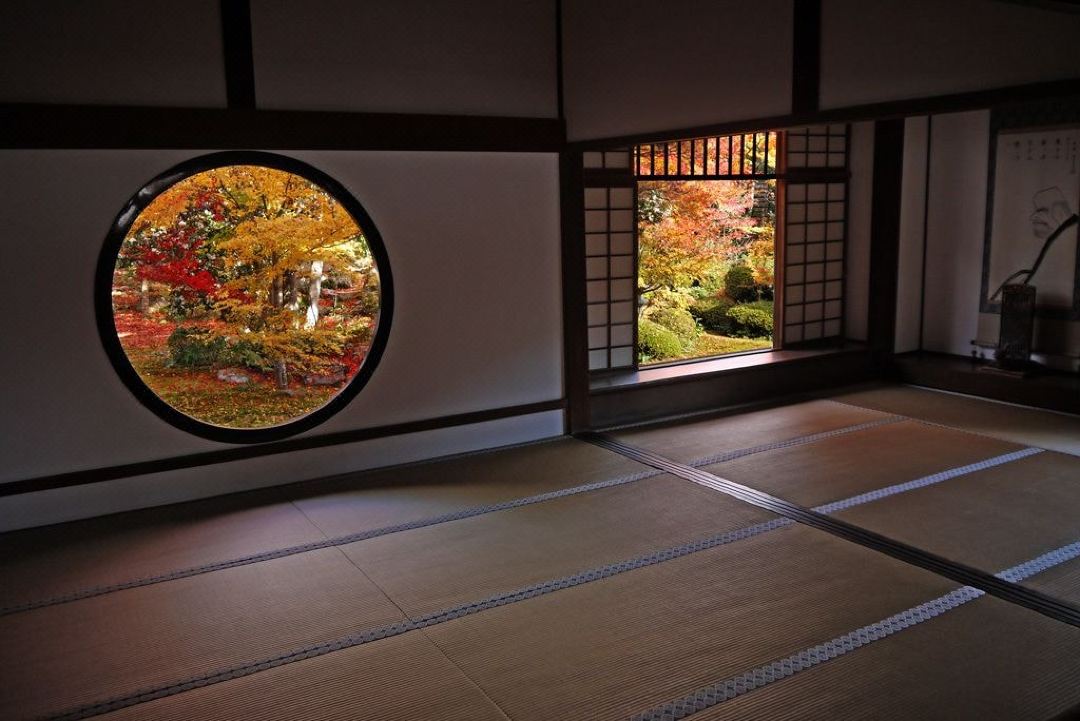
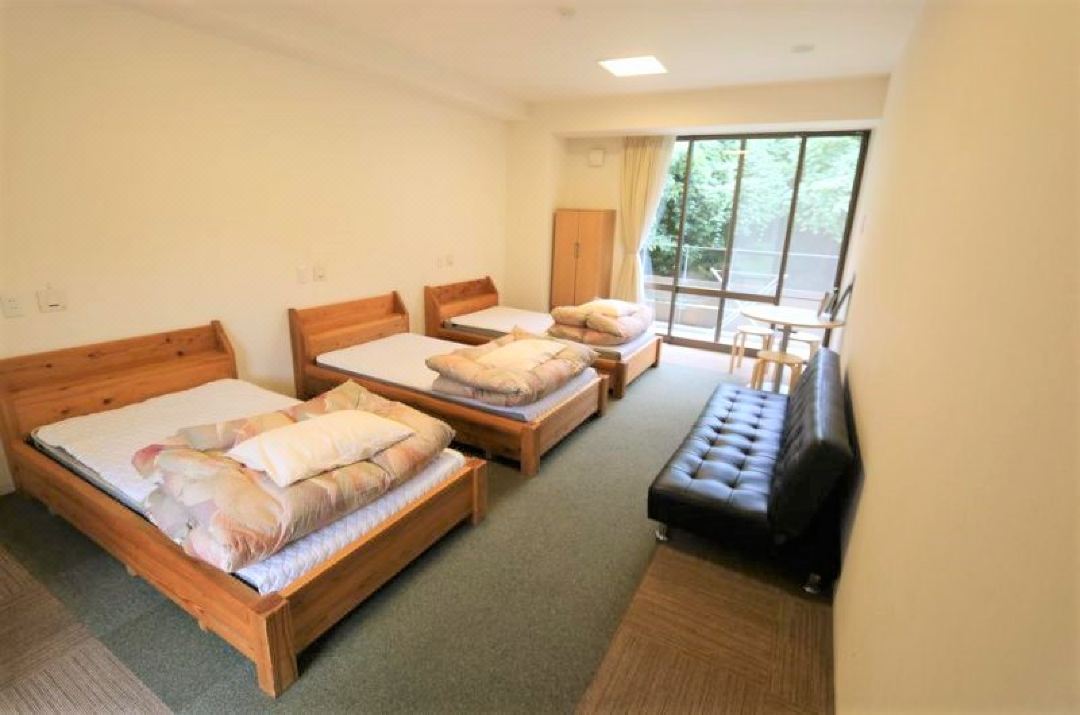
























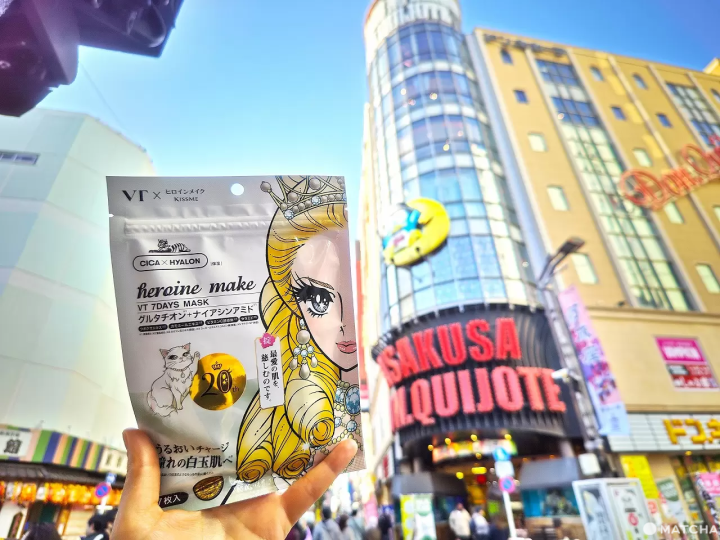
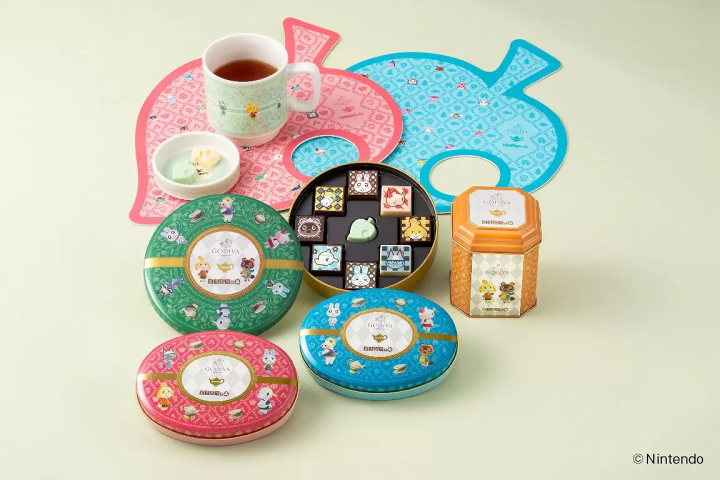
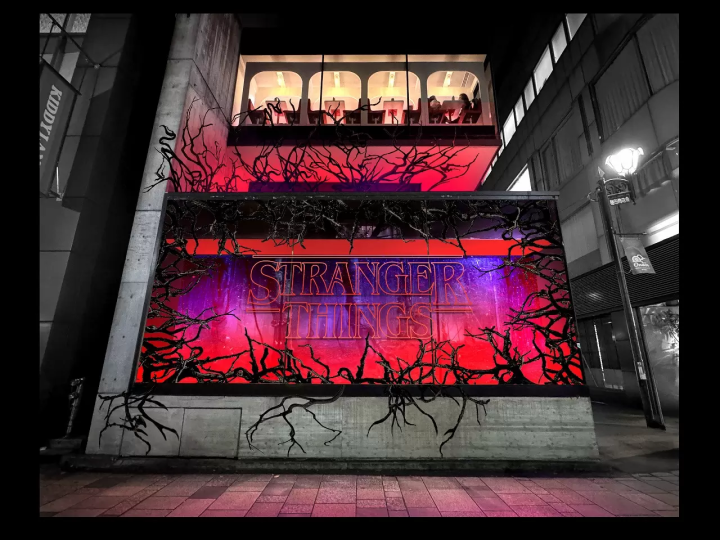
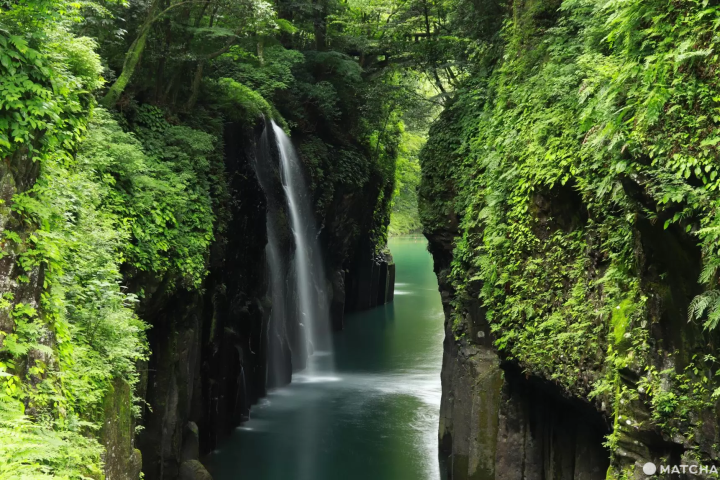




![[Wakayama Sign] Plums and plum wine](https://resources.matcha-jp.com/resize/720x2000/2025/12/08-252248.webp)
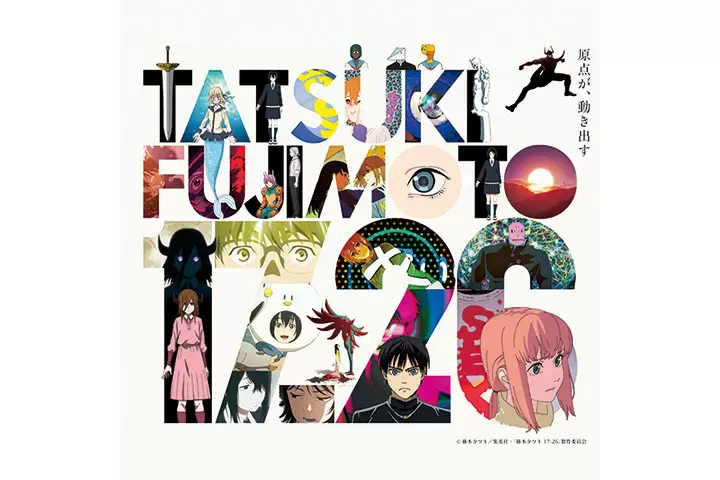
![[2025 Update] Introducing free Wi-Fi spots in Tokoname City , Aichi Prefecture](https://resources.matcha-jp.com/resize/720x2000/2025/12/16-253074.webp)
